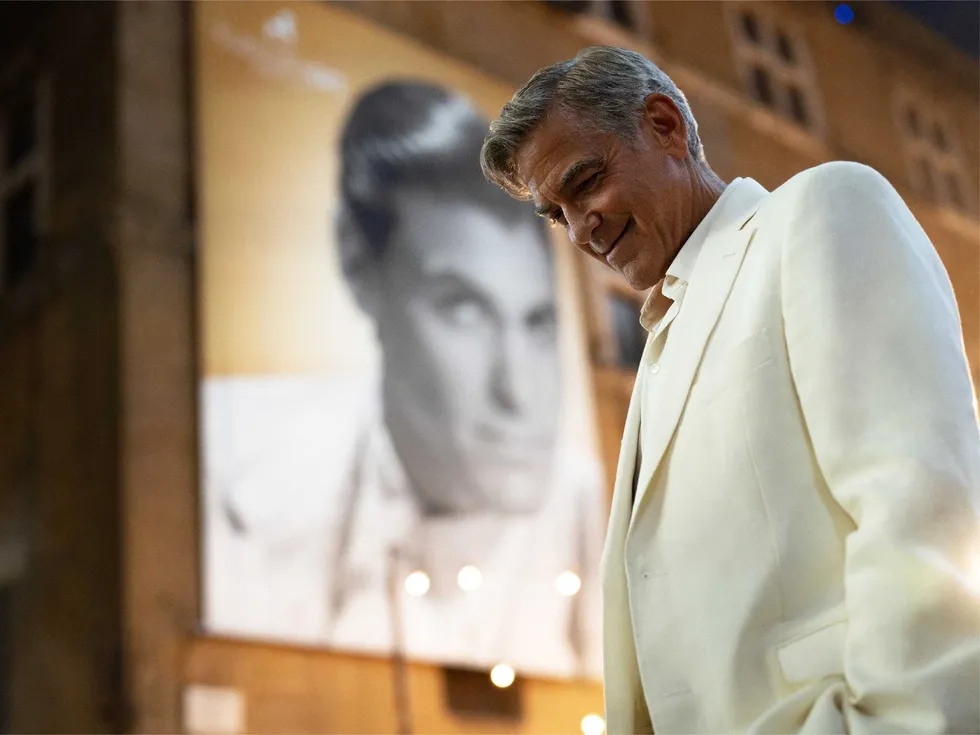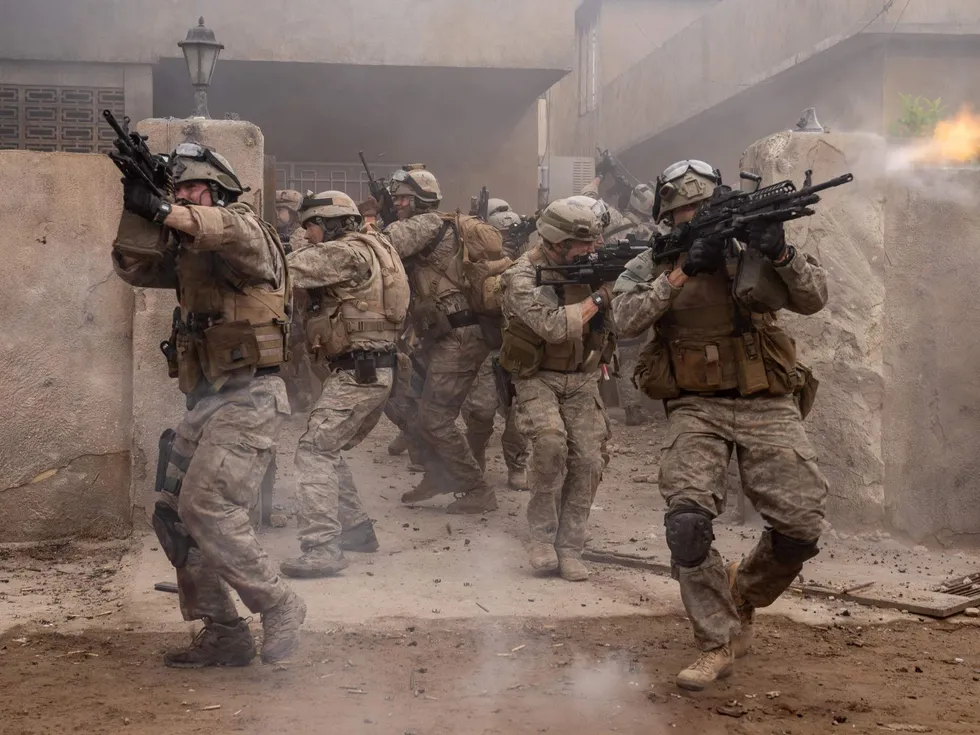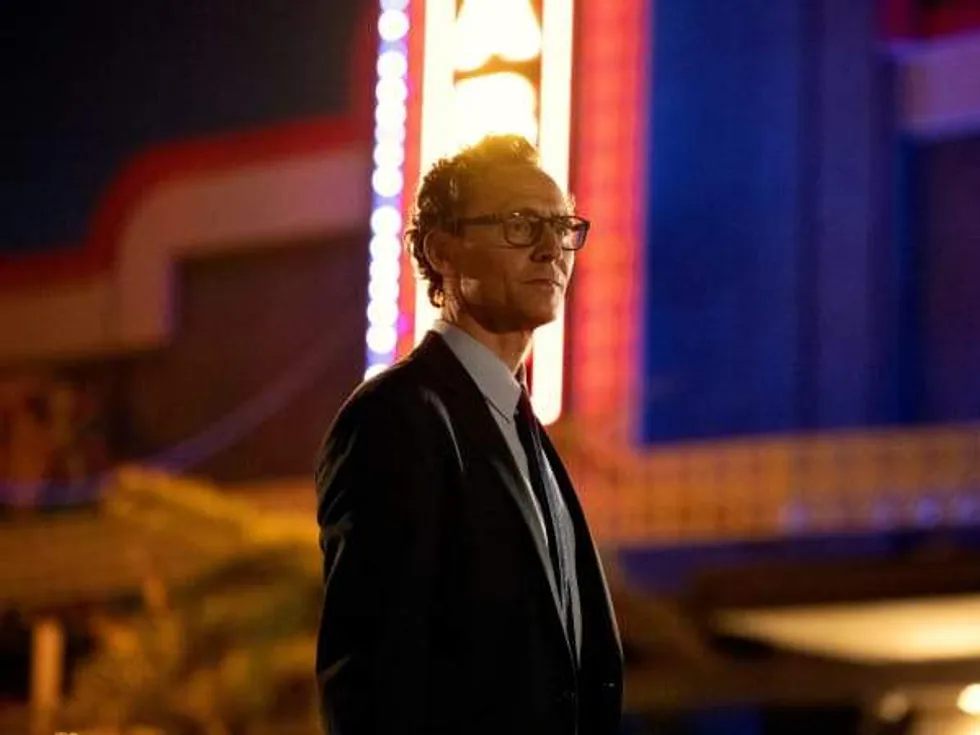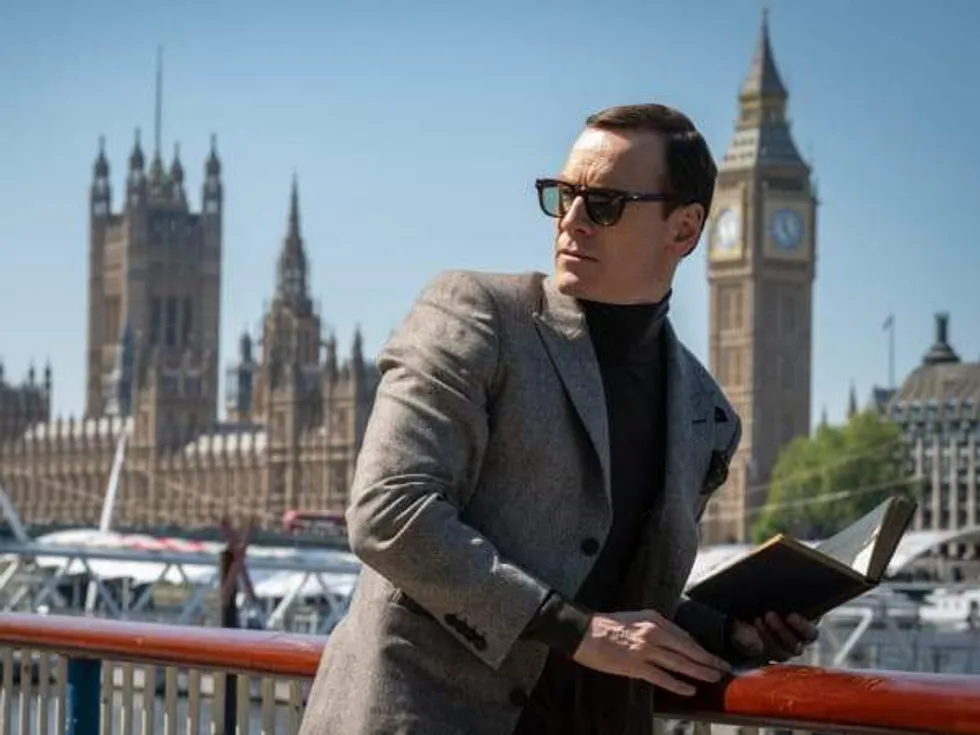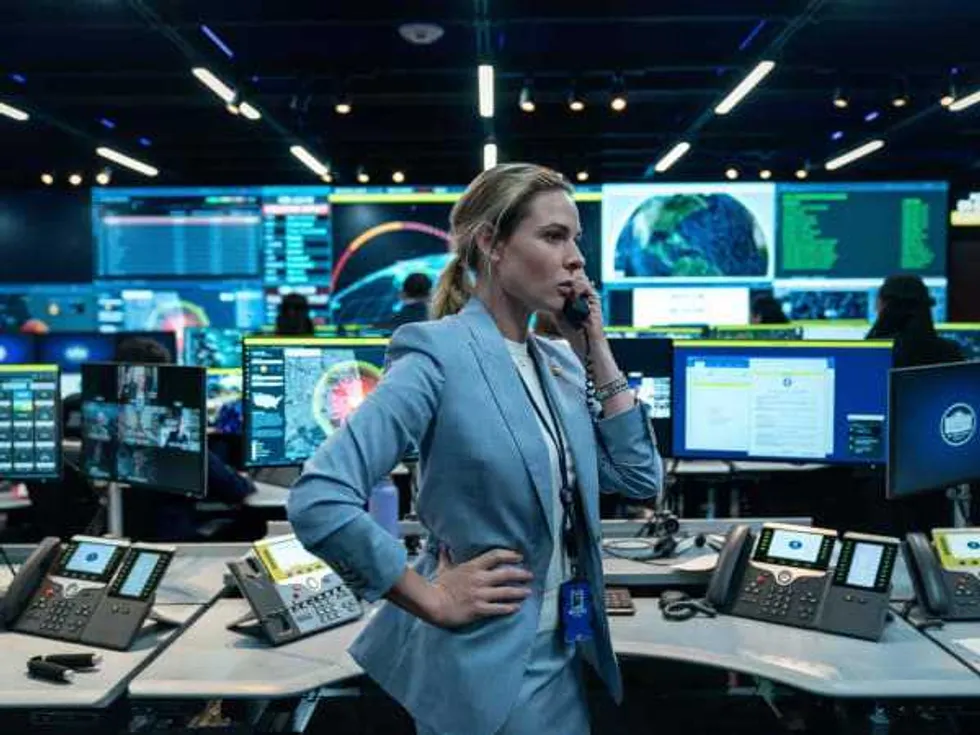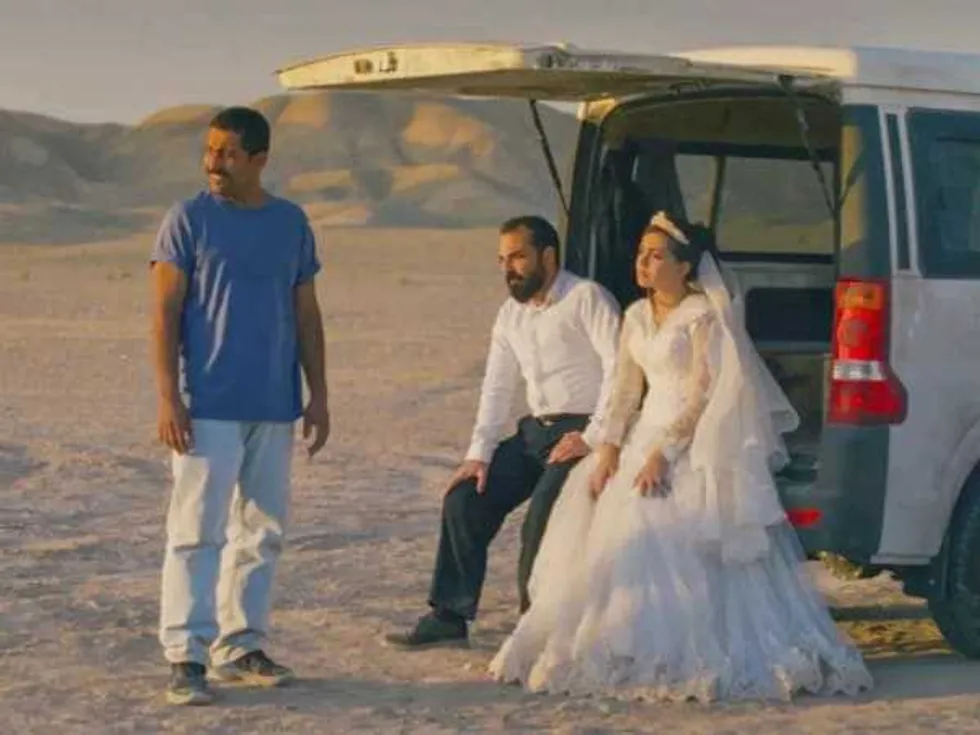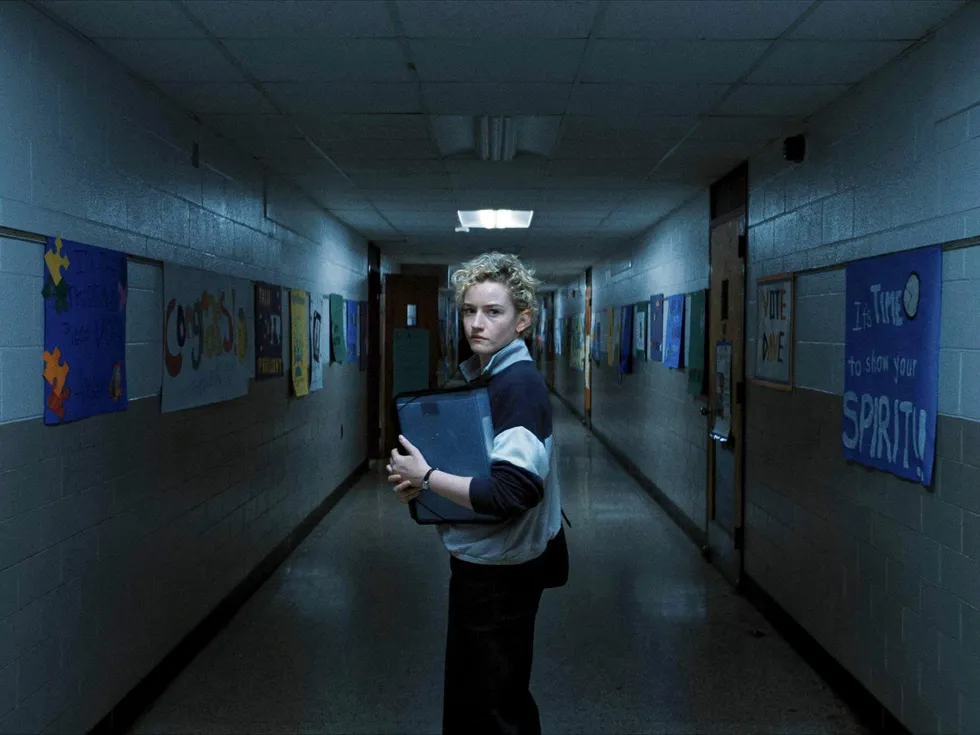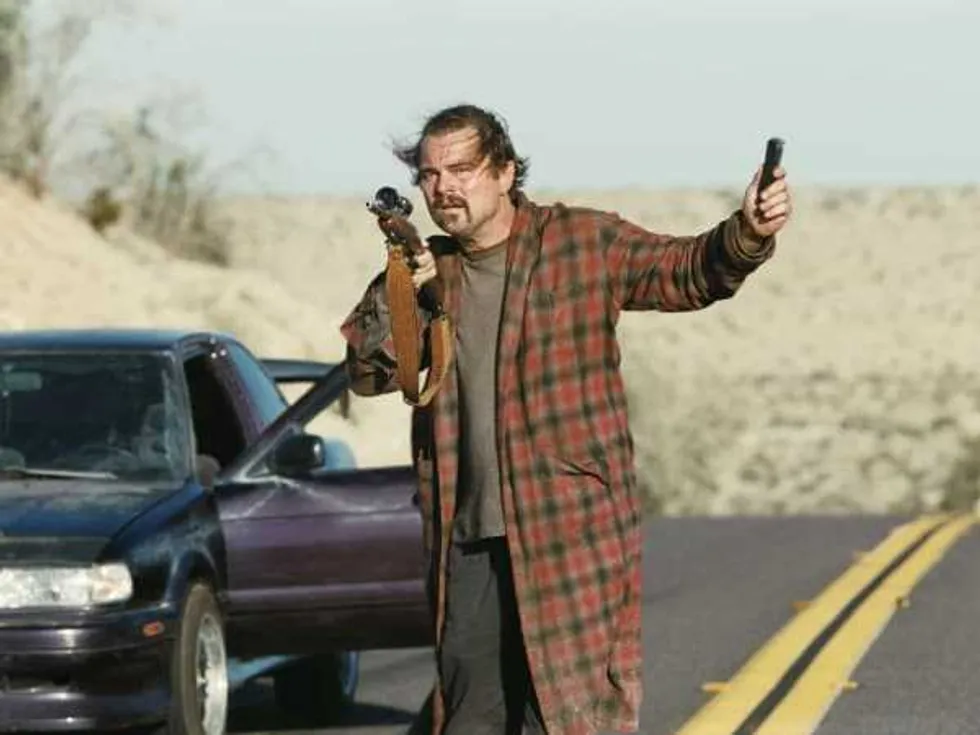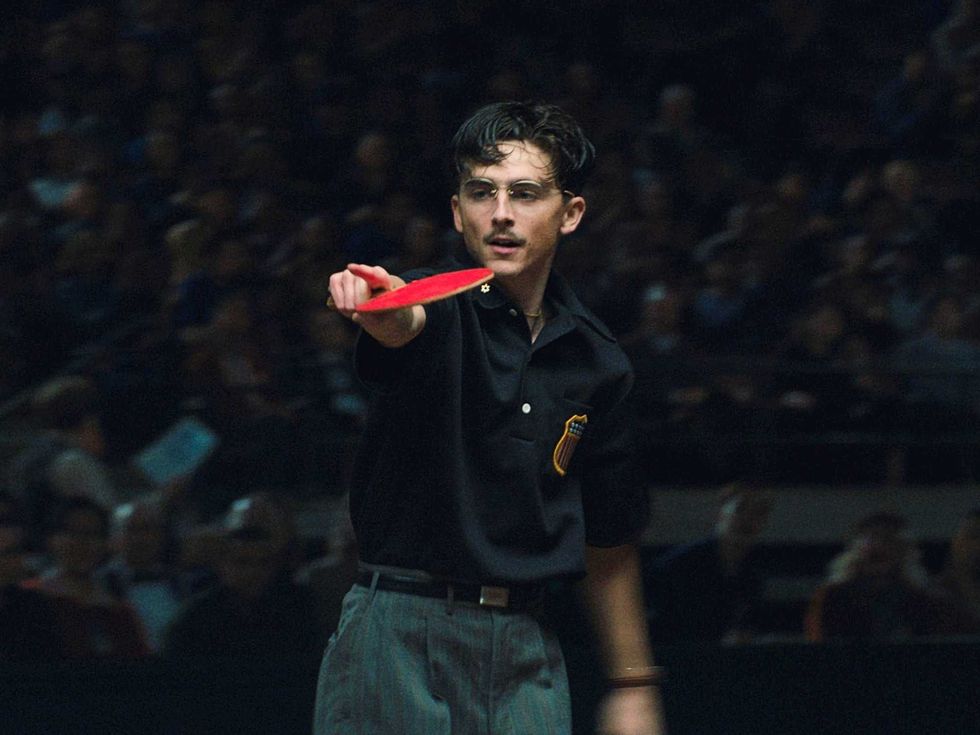The More Alamo the Better
Alamo Drafthouse picks Dallas-Fort Worth suburb for family-friendly theater
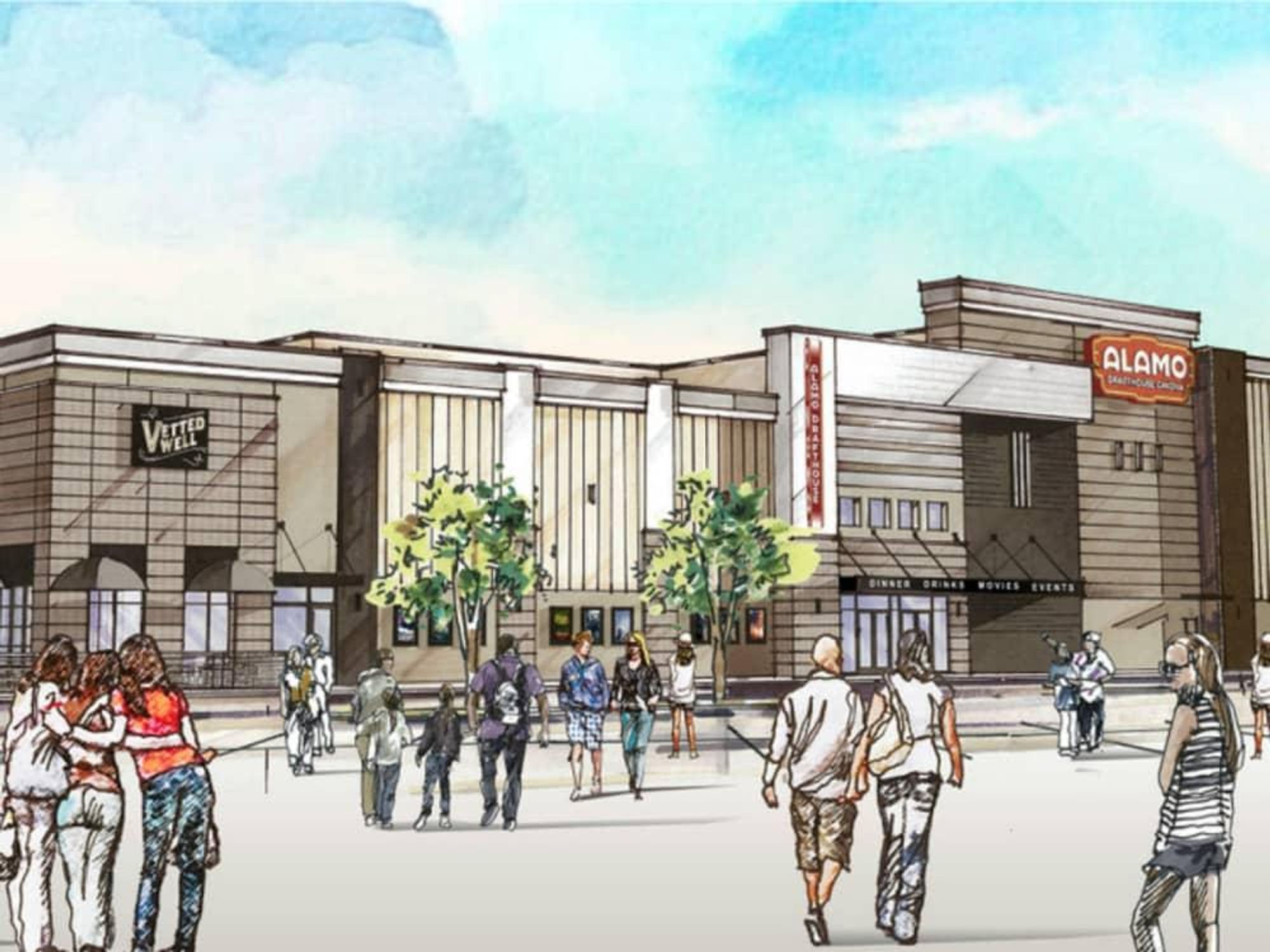
Alamo Drafthouse DFW will open its first location in Tarrant County with an extra perk that will make it the chain's most family-friendly theater yet. It is slated to open in North Richland Hills in April 2019.
While still not located in Fort Worth proper, as many fans have been calling for, it will mark the closest the chain has come to the city since opening its first location in Richardson in 2013. The new theater will be at 8380 Davis Blvd., a new building on what had previously been undeveloped land.
This will also be the first movie theater in North Richland Hills since Cinemark 8 closed at the end of 2016. The closest competition will be another Cinemark at North East Mall in Hurst and a Studio Movie Grill in Colleyville.
Alamo Drafthouse North Richland Hills will have eight full-service auditoriums with over 950 luxury recliners with footrests, as well as Vetted Well, an attached bar and restaurant.
In a first for Alamo DFW, it will also feature an outdoor play area for children.
Per the Alamo standard, the theater will showcase new releases, special events, and repertory programming. Each theater will have top-of-the-line digital 4K projection and dynamic surround sound and Sony's state-of-the-art Phosphorus laser projectors. This location will also include a premium large format auditorium called The Big Show that will feature one of the largest screens in the Alamo Drafthouse brand.
As it nears its opening date, the theater will be hiring for approximately 120 positions, largely from the surrounding neighborhoods. Anyone interested can apply or learn more at drafthouse.com/dfw/careers.


